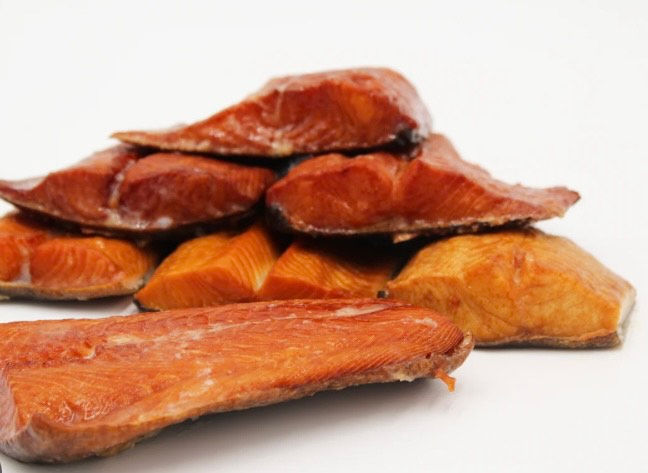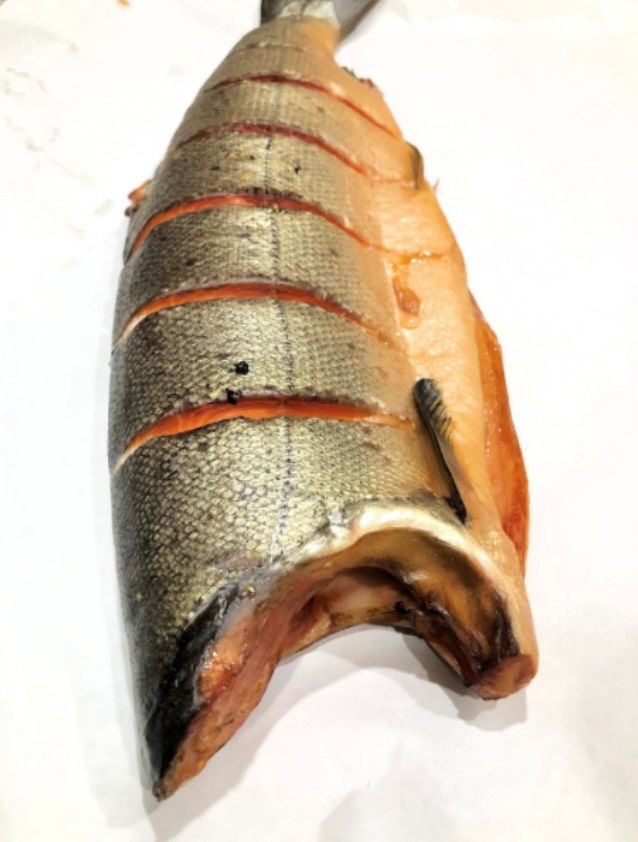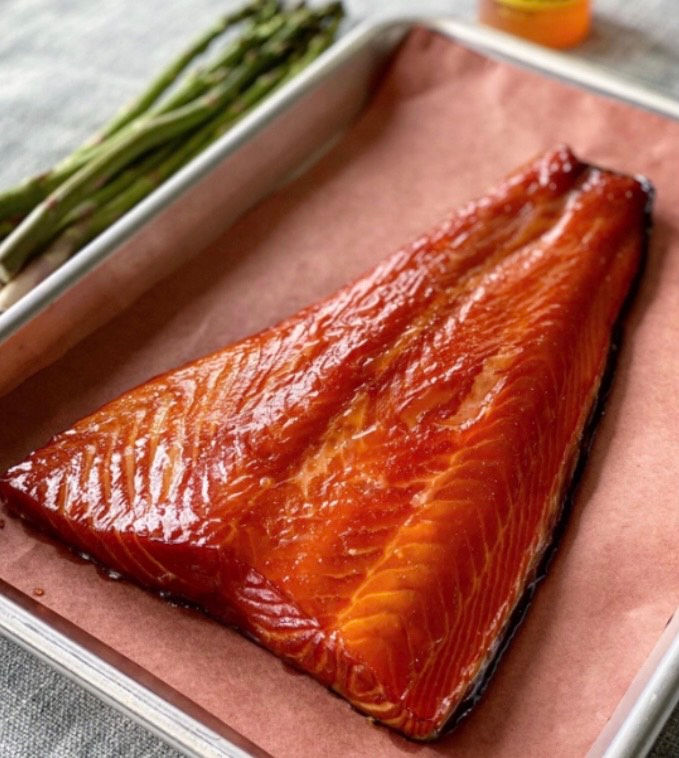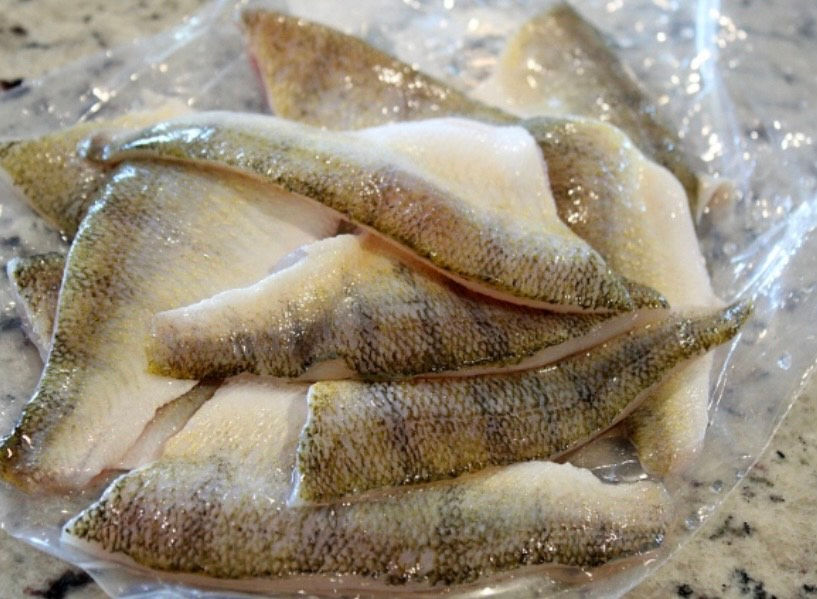Turkey tail tincture is generally used to boost the immune system, support gut health, and potentially aid in cancer treatment. It's known for its anti-inflammatory and antioxidant properties, and some studies suggest it may help manage cancer-related symptoms and improve survival rates. Additionally, it may offer benefits for athletic performance and overall well-being.
-100% USA Sourced & Made
-USDA Organic Inputs
-Double Extraction
-Sustainably Wild-Harvested
Think Global BUY LOCAL
-BE THE CHANGE-
Turkey Tail Tincture
Oxidative imbalance is implicated in a broad spectrum of age-related disorders, ranging from neurodegenerative to cardiovascular disease (CVD) 20, 21, 22. Traditional medicines or nutraceutical supplements containing antiradical agents play a crucial role in combating oxidative stress. Rašeta et al. [5] have investigated the in vitro antiradical efficacy, and free radical scavenging activities of ethanol and water extract of T. versicolor, along with other edible and medicinal macrofungi. Findings from their study revealed that the ethanol extracts exhibited superior scavenging activity against superoxide (SO), hydroxyl (OH), and 2,2-diphenyl-1-picrylhydrazyl (DPPH) radicals (IC50 = 5.0 μg/mL, IC50 = 0.6 μg/mL, and IC50 = 5.6 μg/mL, respectively) compared to the water extract of T. versicolor (IC50 = 25.4 μg/mL, IC50 = 0.6 μg/mL, and IC50 = 11.9 μg/mL, respectively. This enhancement may be attributed to the structure and second hydroxyl group in the ortho or para position, which is known to increase antioxidative activity [5].
Cardiovascular Complications Protecting Properties
T. versicolor demonstrates remarkable positive effects in combating cardiovascular complications. Macrofungi have a rich historical record of being utilized as a nutraceutical to combat the dysregulation of fat metabolism linked to CVDs [24]. The activities of extracellular (EPTV) and intracellular polysaccharide (IPTV) of T. versicolor were reported by Huang et al. [6] in high-fat diet-induced hyperlipidemic mice [6]. Their findings revealed that EPTV exhibited superior hypolipidemic effects compared to IPTV, likely attributed to its lower molecular mass (68.4 vs 127 kDa) as well as higher fraction of mannose (36.87% vs 25.98%). The EPTV and IPTV improved liver index, serum lipid profiles, and body weight in high-fat dietary-induced hyperlipidemic mice. The supplementation of T. versicolor heteropolysaccharides (TVH) effectively restored elevated levels of low-density lipoprotein, triglycerides, and total cholesterol (TC), especially when administered at medium as well as highest doses. However, neither dose regimen was able to achieve the levels of high-density lipoprotein observed in the serum of healthy untreated rats. This may be attributed to the potential limitation of TC to transfer from peripheral tissues to the liver via reverse cholesterol transport pathways [14]. Inhibitors of diabetic-induced cardiomyopathy (DCM) serve as therapeutics in many vascular illnesses, including cardiac inflammation and fibrosis leading to cardiac dysfunction. Wang et al. [25] reported that aqueous extracts of T. versicolor inhibited DCM induced by cardiac fibrosis. In their study, they discovered that T. versicolor extract exhibited anti-inflammatory as well as antifibrotic properties in rats with diabetes mellitus, thus, making T. versicolor an effective therapeutic agent in DCM management. Nikolic et al. [14] conducted a study to investigate the cardioprotective potential of TVH in vivo and ex vivo in a rat model of metabolic syndrome (MetS). The treatment exhibited notable effects in reducing blood pressure and improving heart function while also demonstrating hypoglycemic and oxidative stress–reducing properties. These findings suggest a promising role for T. verisolor macrofungi in the management of MetS-related diseases.
Neuroprotective Effects
Neurotrophic factors are important for the organization as well as the maintenance of neuron functionality. D’ Amico et al. [24] examined the effect of T. versicolor extract on reducing neuroinflammation, which was observed to extend beyond the cortex to other brain regions. They also studied its potential in preventing neurodegenerative processes linked to severe traumatic brain injury.
T. versicolor has been suggested as a potential treatment or preventive measure for neuroinflammation and cognitive dysfunction in rats
Anticancer & Immune-Modulating Agents
Over the past decade, studies have consistently reported the anticancer properties of T. versicolor polysaccharide against cancer cell lines such as MCF-7 and lung carcinoma 17, 31, 32. Immuno-modulation is one of the mechanisms underlying the anticancer properties of T. versicolor 18, 33. Yang et al. [34] investigated the immuno-modulation and antitumor actions small peptide (SM) derived from a C. versicolor (CV) in various cancer cell lines such as breast adenocarcinoma (MDA-MB-231), lung carcinoma (A549), and glioblastoma T98G cells. The result revealed that SMCV suppressed the production of tumor necrosis factor (TNF)-α induced by (LPS) lipopolysaccharide while improving the levels of IFN-β induced by polyinosinic: polycytidylic in human primary blood macrophages.
Jędrzejewski et al. [37] reported that the crude hot water extract from this macrofungi significantly enhanced the production of interleukin (IL) 6, IL-8, and metalloproteinase (MMP) in human umbilical vein endothelial (HUVEC) and MCF-7 breast cancer cells and MCF-7 breast cancer cells when stimulated with lipopolysaccharide (LPS). This enhancement was achieved by reducing the expression of Toll-like receptor (TLR) 4 in both LPS-stimulated HUVEC cells and MCF-7 human breast cancer cells, along with preventing the phosphorylation of IκB in these cells.
Other Therapeutic Activities
Recently, the efficacy of T. verisoclor (fermented mycelium) therapy in treating nonalcoholic fatty liver disease has been reported by Tang et al. [18]. Furthermore, Lo et al. [40] investigated the effects of extracellular polysaccharopeptides (ePSP) derived from T. versicolor on type 2 diabetes mellitus (T2DM)-induced damage in male Wistar rats, revealing a robust protective effect against T2DM-associated damage. Sharma et al. [9] reported that methanol extract of T. versicolor showed inhibitory activity against T. gondii in vitro. The heteropolysaccharide fractions of T. versicolor showed potent cardioprotective action in vivo [14]. While Ahmadpour Torki et al. [41] reported antimicrobial properties of T. versicolor aqueous extract as against Staphylococcus aureus, Escherichia coli, and Fusarium thapsinum, Huang et al.
https://www.sciencedirect.com/science/article/pii/S2214799324000699










